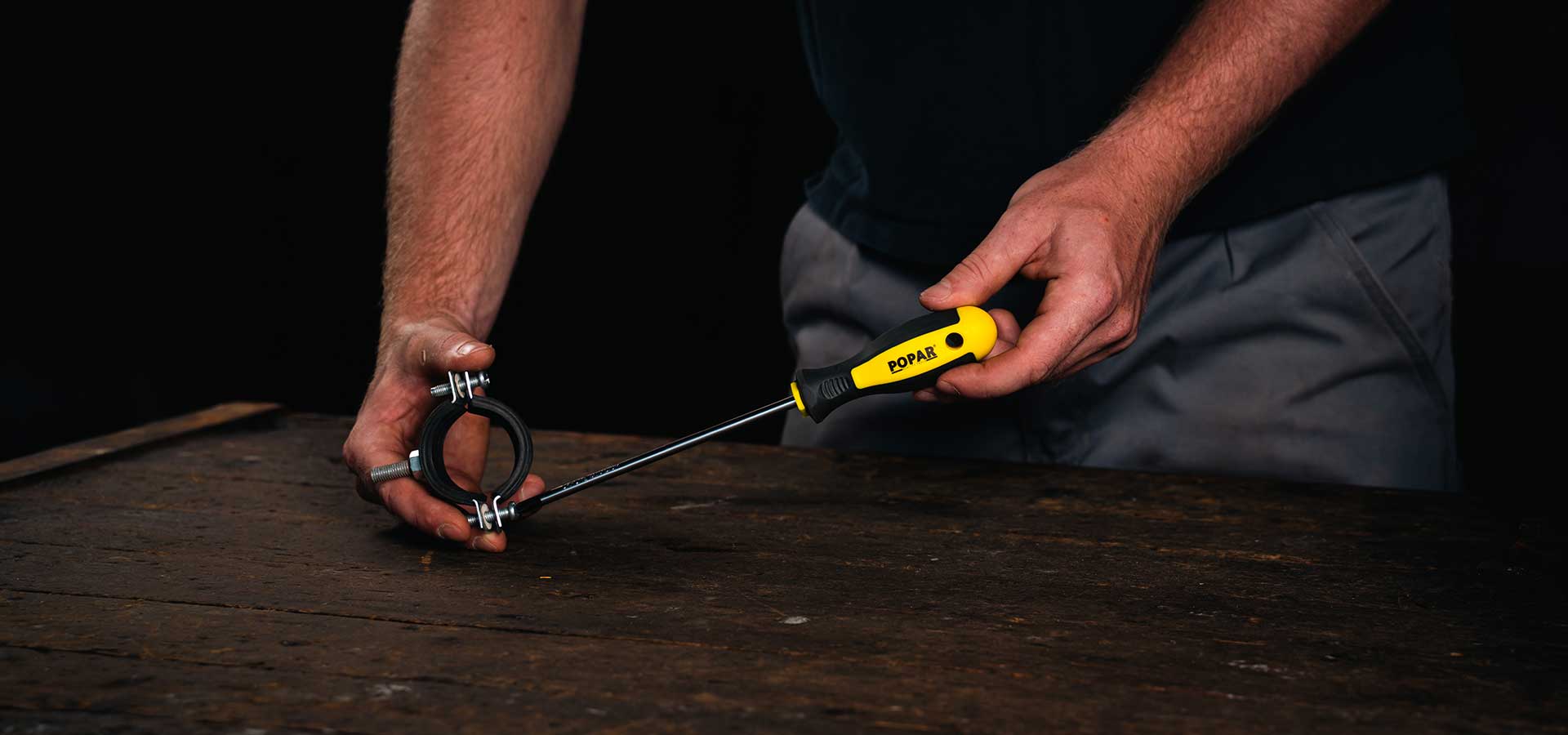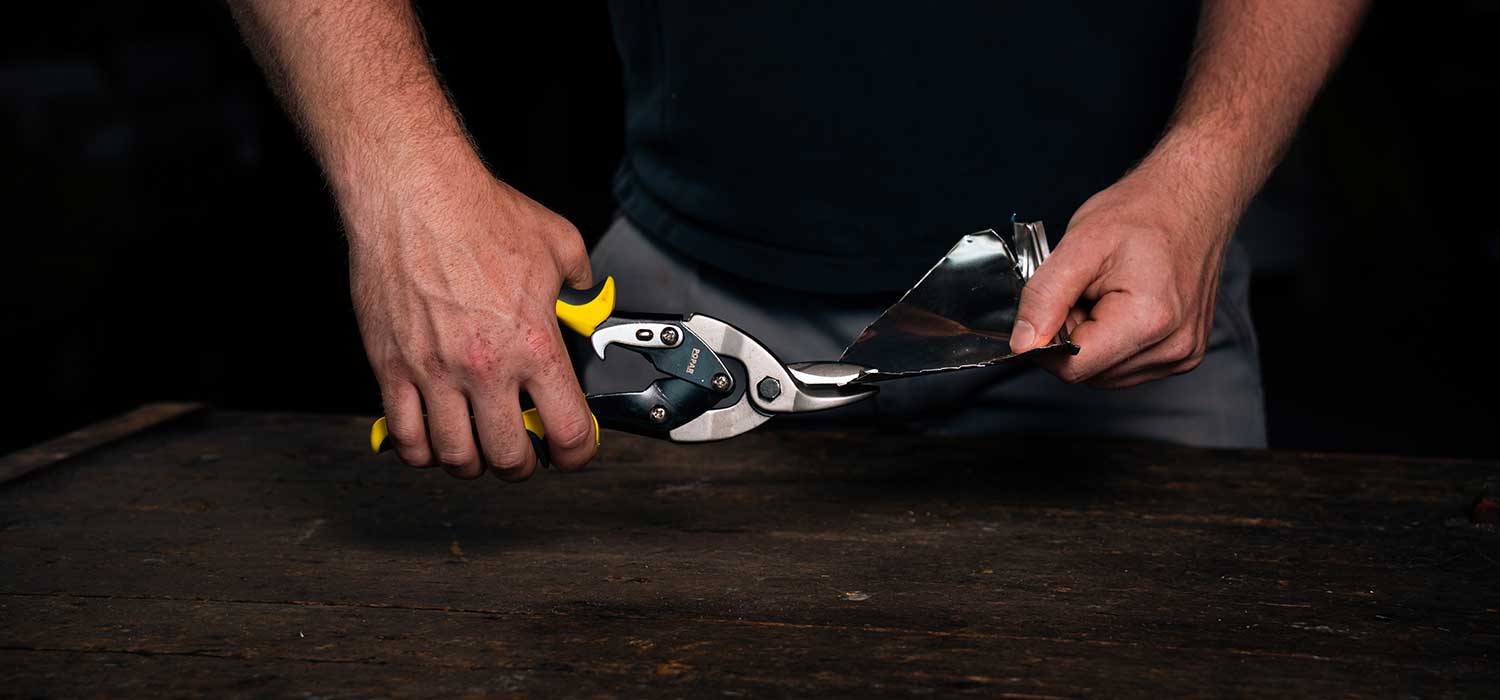Hand tool maintenance: A comprehensive guide to extending the life of your tools

Proper maintenance of hand tools is essential for ensuring their reliability, longevity, and continued performance, especially in professional settings where precision and durability are paramount. Hand tools, such as wrenches, pliers, hammers, screwdrivers, and saws, endure heavy use in a variety of environments, and neglecting maintenance can lead to tool failure, decreased efficiency, and unnecessary costs. In this detailed guide, we'll explore best practices for hand tool maintenance, focusing on cleaning, lubrication, storage, sharpening, and repair.
1. Cleaning: preventing rust and wear
Regular cleaning is one of the most critical aspects of maintaining hand tools. Dust, dirt, and oils can accumulate on tools, affecting their performance and causing long-term damage, such as rust or corrosion. Cleaning your tools immediately after each use will help preserve their appearance and functionality.
Cleaning steps for hand tools:
Step 1: Remove dirt and debris:
Use a soft brush or a cloth to remove dirt and debris from your tools. For tools with hard-to-reach areas, such as ratchets or screwdrivers, a small wire brush or an old toothbrush can be used. This will ensure that no grit gets into the moving parts, which could cause wear over time.Step 2: Degreasing and oil removal:
For tools used in environments where oils and grease accumulate (such as wrenches, plumbers’ tools, or cutting tools), apply a degreaser or solvent. Ensure that the solvent is safe for the material of the tool. Use a rag or cloth to wipe off excess oil or grease.Step 3: Drying:
After cleaning with a solvent or degreaser, dry the tools thoroughly with a clean, dry cloth. Avoid leaving tools wet, as moisture can lead to rust, especially in carbon steel and other susceptible materials.
Special tips for rust-prone tools:
For tools that are prone to rust, such as carbon steel, you can wipe them down with an oily rag after cleaning. Using machine oil or mineral oil is a good option to create a thin, protective film that prevents oxidation.
2. Lubrication: Ensuring smooth functionality
Lubricating your hand tools is essential to reduce friction, prevent wear, and keep moving parts functioning smoothly. Lubrication is particularly important for tools like pliers, ratchets, and cutting tools, where consistent movement is required. Proper lubrication reduces wear, increases efficiency, and minimizes the effort needed during use.
Lubrication guidelines:
Choosing the right lubricant:
For tools with metal parts that move or slide, such as pliers or screwdrivers, it’s essential to use a lubricant that can reduce friction without attracting excessive dirt. Light machine oil or grease is typically sufficient for most hand tools. For ratchets, apply a light oil on the teeth to ensure smooth movement. Be cautious with the amount of lubricant to avoid attracting dirt and dust.Lubricating hinges and joints:
Tools like scissors or pliers often have hinges that benefit from lubrication. After cleaning the tool, apply a drop of lubricant to the pivot point and wipe away any excess. This will keep the tool’s mechanism working smoothly and prevent rust from forming at the joints.Lubrication for wooden handles:
For tools with wooden handles, such as hammers or mallets, it’s essential to maintain the wood’s integrity by rubbing it down with a wood conditioner or linseed oil. This helps to prevent cracks and splits while also keeping the handle smooth to the touch.
3. Storage: Protecting tools from damage
How and where you store your hand tools is critical to their longevity. Proper storage minimizes exposure to environmental factors such as moisture, dust, and direct sunlight, all of which can accelerate the deterioration of tools.
Best practices for storing hand tools:
Dry and cool environment:
Store hand tools in a dry, cool location. Excess humidity or moisture can cause tools to rust or corrode. For professionals working in workshops, using a tool box or tool cart (dodaj link na naš novi popar voziček) with compartments is ideal for keeping tools organized and protected from environmental exposure.
Wall hangers and pegboards:
When storing hand tools like screwdrivers and pliers, using a pegboard or tool wall system ensures that tools remain visible and accessible. It also prevents tools from being thrown into a pile where they might get damaged or lost.Use protective cases:
For tools that need extra protection, such as measuring instruments, calipers, or precision tools, using protective cases will keep them secure and prevent any accidental damage.
4. Sharpening and honing: Maintaining tool precision
Sharp tools are not only more efficient, but they also improve safety and precision. Over time, tools such as saws, chisels, and knives will lose their edge. Regular sharpening ensures that they maintain their cutting power and allows for safer, more effective use.
Sharpening tools:
Sharpening stones and files:
For tools like chisels or plane irons, sharpening stones (such as whetstones) are ideal for restoring a sharp edge. Use a fine-grade stone for polishing the edge after initial sharpening, and be sure to follow the proper angle for each tool to avoid damaging the cutting edge.Honing:
Honing is the process of polishing the tool’s edge to maintain sharpness. After sharpening, a honing guide can be used to maintain the correct angle when honing. A honing steel or diamond rod is useful for light touch-ups between sharpenings.Saws:
For hand saws or cutting tools, sharpening is more complex due to the teeth of the saw. You can use a saw file to sharpen the teeth, but it’s important to follow the specific angles recommended for your saw. For professionals using saws in heavy applications, maintaining a sharp edge is vital for cutting efficiency.
5. Repairing: Addressing damage before It gets worse
While regular maintenance can prevent many issues, hand tools occasionally suffer from damage. Whether it’s a loose handle, a chipped blade, or a broken spring, addressing the damage early on can save the tool and prevent accidents during use.
Common tool repairs:
Loose or Broken Handles:
If a handle becomes loose or begins to splinter (especially with wooden handles), it’s important to repair or replace it promptly. If the handle is cracked or severely damaged, consider replacing it entirely. Always ensure that the new handle fits securely before use.Replacing worn out springs or jaws:
For tools such as pliers, cutters, and ratchets, the internal spring mechanisms may wear out over time. It’s advisable to replace worn-out springs immediately to prevent them from affecting the functionality of the tool. For cutting tools, check the jaws for cracks or wear and replace them when necessary.
Hand tools are a crucial part of a professional’s toolkit, and their longevity depends on regular, proactive maintenance. By committing to consistent cleaning, lubrication, sharpening, and storage practices, professionals can ensure their tools remain reliable and effective for years to come. With the right care, POPAR hand tools continue to perform at their best, helping craftsmen achieve precision, efficiency, and safety in their work. Remember, proper maintenance not only extends the life of your tools but also saves you money in the long run by preventing the need for replacements or costly repairs. Whether you’re a tradesman, mechanic, or DIY enthusiast, following these maintenance steps will help you get the most out of your investment and keep your hand tools in top shape.
